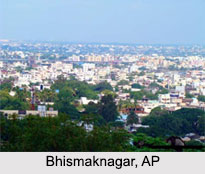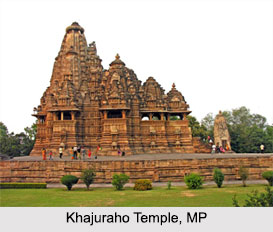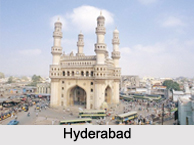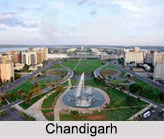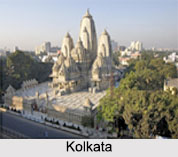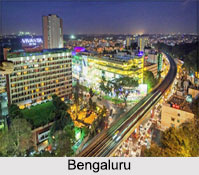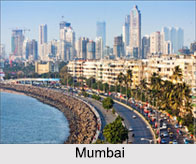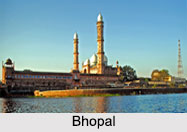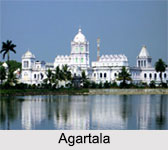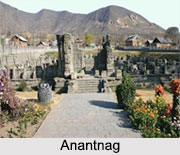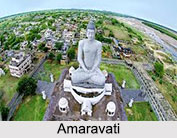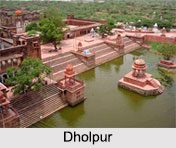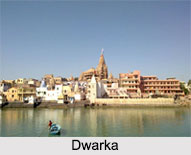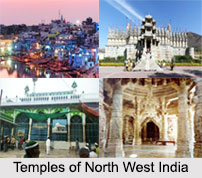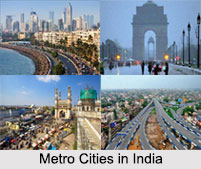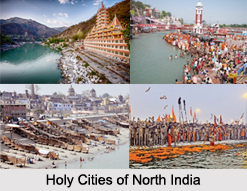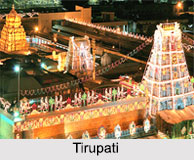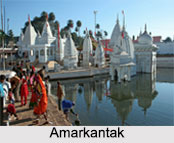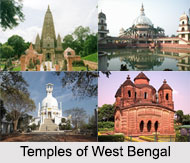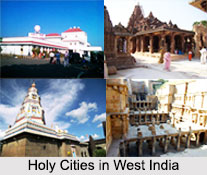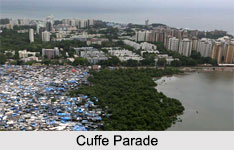 Cuffe Parade is an urban office region in Mumbai. It is located in a neighbourhood in the Southern part of the city. Cuffe Parade is home to a collection of commercial and office buildings and is bordered to the north by the Nariman Point, which is a major business district in Downtown Mumbai. The Nariman Point along with the Cuffe Parade together forms the greater Central Business Districts of Mumbai.
Cuffe Parade is an urban office region in Mumbai. It is located in a neighbourhood in the Southern part of the city. Cuffe Parade is home to a collection of commercial and office buildings and is bordered to the north by the Nariman Point, which is a major business district in Downtown Mumbai. The Nariman Point along with the Cuffe Parade together forms the greater Central Business Districts of Mumbai.
Location of Cuffe Parade
Cuffe Parade is a locality in South Mumbai, Maharashtra. To the east of Cuffe Parade is situated the Colaba Causeway and to the west is the Arabian Sea. Among the notable residents are members of the Ambani and Husain families. Cuffe Parade is located in the southernmost region of the city just north of Navy Nagar. It lies in Badhwar Park of Maharashtra. Lately, many residents are shifting to luxury apartments at Mahalaxmi, Lower Parel, to be near the new business hub of Mumbai, BKC.
Nomenclature of Cuffe Parade
Cuffe Parade was named after T. W. Cuffe of the Bombay City Improvement Trust, which reclaimed around 90,000 square yards on the western shore of Colaba Island. The much of Cuffe Parade was developed on reclaimed land in the 1960s, with many of the buildings reaching over 30 storeys high.
Cuffe Parade was once known to house some of the tallest buildings in Asia and its lack of proximity to major historical sites had allowed construction of towers above 150 m in height. However, in recent years, the residential towns of Parel and the commercial towers in Mumbai Central have overtaken the skyline of Cuffe Parade.
Residents of Cuffe Parade
Some of the prominent businessmen living in Cuffe Parade include Subhash Chandra of Essel Group, the Goenka family, the Patni family, Nimesh Kampani of JM Financial. The skyline of Cuffe Parade consists of prominent buildings like Maker Tower and Jolly Maker-1, considered to be the richest housing society in Mumbai, Maharashtra. The Cuffe Parade Resident Association (CPRA), a registered Public Trust, is a citizen"s organization looking after and protecting the interest of entire Cuffe Parade neighbourhood since 1971. The MVRDC World Trade Centre I is located at Cuffe Parade in Mumbai. It is 156 m high and has 35 floors. The building was developed by Shapoorji Pallonji and Pheroze Kudianawala was the architect. It is a commercial shopping complex in Cuffe Parade of Mumbai.
